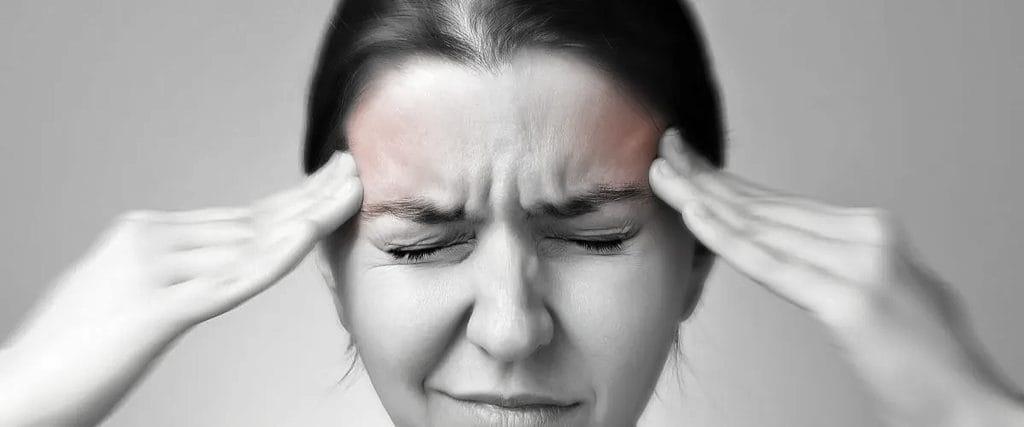Headache Disorders
Migraine Myths: Only Medication Can Help Migraine
Don’t we all wish there was a magic pill that could cure our migraine forever?! Unfortunately, that is just not the case. Migraine is a complex neurological disease that presents itself on a wide spectrum of frequency, severity, symptoms, attack triggers, and responses to treatments. While medication is an important part of any treatment toolbox, it’s…
Read MoreMigraine Symptoms: Central Autonomic Parasympathetic Symptoms
Many people with migraine experience central autonomic parasympathetic symptoms. This
unique set of symptoms are rarely recognized as being part of migraine, which often leads to
misdiagnosis and inappropriate treatments. Though these symptoms are underrecognized, they
are actually fairly prevalent, and learning to recognize them may help guide diagnosis, provide
insight into treatment options, and help us understand the overarching burden of migraine
disease.
Ten More Primary Headache Diagnoses
Did you know there are 10 more primary headache diagnoses outside the categories of migraine, tension and trigeminal autonomic cephalalgia? While these are lesser known, they have diagnostic significance. Understanding your diagnosis can help you target your treatment. Some require excluding other causes before making the diagnosis. This blog will sort through what sets these apart.
Read MoreDo You Know What Trigeminal Autonomic Cephalalgia Is?
Trigeminal autonomic cephalalgia (TAC) is a group of primary headache disorders. The one most commonly heard of is cluster headache. This group of headache disorders are strictly unilateral, which means they cause symptoms only on one side of the head. They usually involve symptoms such as a red watery eye, stuffy or runny nose, forehead sweating, swollen droopy eye, and/or unilateral pupil constriction – these are known as cranial parasympathetic autonomic features. While this group of headache disorders has these common traits and are known as TACs, there are also important differences which help determine the most appropriate diagnosis.
Read MoreDo I Have Migraine or Cluster Headaches?
Migraine disease and trigeminal autonomic cephalgia (TAC – which includes cluster headache) are two different primary headache disorders. While it is possible to have both, one does not morph into the other, the severity of migraine does not change the diagnosis, and there is no such thing as “cluster migraine”! Accurate diagnosis is crucial but can be tricky, so it’s important to work with a certified headache specialist who can help you navigate this process and figure out what treatments might have a higher success rate for you. Knowing some of these key differences between migraine and cluster will help with that process:
Read More



